The elephant seal is a distinctive marine mammal known as a “pinniped.” Pinniped include are seals, sea lions, and walruses. Known for their large nose, which is called a “proboscis,” elephant seals are an incredibly unique species of animal. Read on to learn about the elephant seal.
Description of the Elephant Seal
Elephant seals are named for their large proboscis, which only the male seals possess. Female elephant seals are smaller than males, and have a normal-sized nose. Elephant seals come in varying shades of tan, but look darker-colored when their fur is wet. When on land, elephant seals move about using an undulating or worm-like motion.
Interesting Facts About the Elephant Seal
Elephant seals differ from many other pinniped species, both in appearance and behavior. The elephant seal has a number of interesting and distinguishing characteristics.
- Deep Sea Divers – Elephant seals can hold their breath for up to 2 hours. This enables the Southern elephant seal to regularly dive up to 4,921 feet deep to forage for food. One study even recorded a female elephant seal diving to 5,700 feet on multiple occasions.
- Junk in the Trunk – Male elephant seals are significantly larger than female elephant seals, and use their massive bulk to battle other males. An adult male elephant seal can be seven or eight times heavier than, and twice as long as, his female counterpart.
- Stupendous Schnoz – The elephant seal is named for it’s massive snout, but this unusual appendage is not simply there for show! Ok, it is partly there for show, the bigger the nose the better the male… but the large proboscis also serves two other functions for the male elephant seal. The large nose amplifies the sound of the elephant seal’s roar, allowing him to scare away rival males. The nose also reabsorbs moisture when the seal breathes, helping prevent dehydration.
Habitat of the Elephant Seal
Northern Elephant Seal
The Northern elephant seal species lives offshore in the open ocean most of the year. During breeding season, Northern elephant seals inhabit sandy beaches, both on offshore islands and on some parts of the mainland United States.
Southern Elephant Seal
The Southern elephant seal species prefers chilly sub-Antarctic and Antarctic waters. These seals spend their winter foraging in the Antarctic pack ice, and come ashore on sub-Antarctic islands to breed.
Distribution of the Elephant Seal
Northern Elephant Seal
The Northern elephant seal species is found from the Gulf of Alaska to Baja California.
Southern Elephant Seal
The Southern elephant seal species ranges from Antarctic waters to the Tropic of Capricorn. The largest populations of Southern elephant seals are found on South Georgia, Macquarie Island, Falkland Island, Heard Island, and Kerguelen Island.
Diet of the Elephant Seal
Elephant seals feed on squid, fish, sharks, rays, shellfish, krill, and algae. It is believed that squid makes up a large part of their diet.
Phocids vs. Otariids
Elephant seals are considered “true seals,” and are in the family Phocidae. Phocids (A.K.A true seals) can be distinguished from Otariidae (A.K.A eared seals) by looking for a few specific characteristics.
|
True Seals – Phocidae |
Eared Seals – Otariidae |
|
No external ear flaps, just a hole where the ear is |
Small external ears |
|
Rear flippers point directly behind them, and they move by undulating their way across land |
Rear flippers can be rotated underneath them, allowing them to “walk“ on land |
|
Propel forward in the water using their hind flippers, steer with short front flippers |
Propel forward in the water using their long front flippers, steer with hind flippers |
| Nails/claws on front flippers |
No nails/claws on front flippers |
Elephant Seal and Human Interaction
Northern elephant seals were very heavily hunted for their oil-rich blubber, and came quite close to extinction. Elephant seals are now protected from harm under the Marine Mammal Protection Act , and their numbers have bounced back to a healthy population level.
As of 2018, there is only one known elephant seal held in human care. A male Northern elephant seal, now named “Coolio,” was rescued by the North Coast Marine Mammal Center in 2014. When he was found, Coolio was very malnourished, and had sustained injuries to his eyes.
While he nearly made a full recovery, Coolio’s eyes were permanently damaged, and he was deemed non-releasable. Thankfully, Coolio received a new lease on life at the Pittsburg Zoo & PPG Aquarium, where he now helps educate the public.
Domestication
There has been no effort to domesticate elephant seals, and individuals in zoos and aquariums are rare.
Does the Elephant Seal Make a Good Pet
The elephant seal is an immense animal, with the smallest adult female weighing in at an average of 1,500 pounds! This size makes the elephant seal a very impractical pet.
Elephant Seal Care
Little is known about caring for elephant seals in zoos. With time, Coolio – at the Pittsburg zoo – should help us increase our understanding of elephant seal care.
Behavior of the Elephant Seal
Elephant seals spend most of their lives at sea, roaming the open ocean and the depths of the seas in search of food. Elephant seals are solitary for most of their lives, congregating only during the breeding seasons. Male and female animals take different migration paths throughout the year. The seals return to their breeding grounds, known as “rookeries,” in winter.
Reproduction of the Elephant Seal
Elephant seals congregate in large numbers on beaches to breed. A single adult male will protect a harem of 40 or 50 females, and he will breed with them all. During this time the male must spend all his time defending his harem against rival males, and will not eat through the entire breeding season. Female elephant seals give birth to a single pup after an 11-month gestation. This pup will nurse for just one month before being weaned.


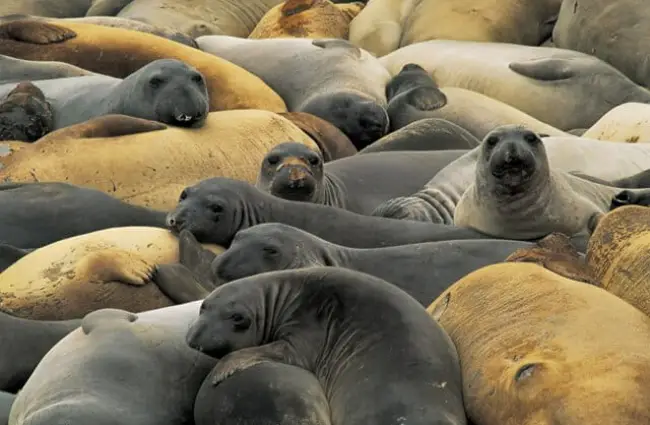


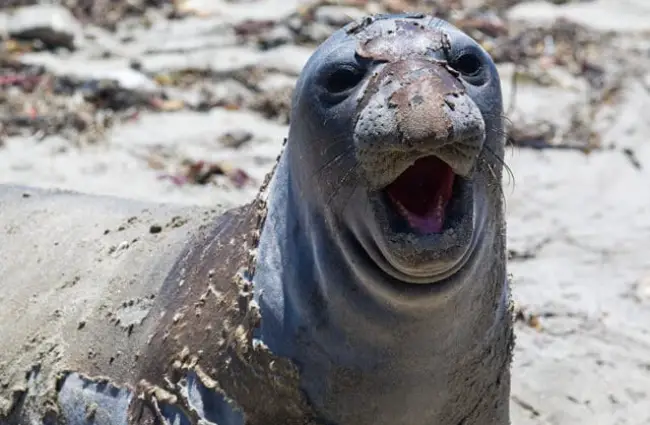

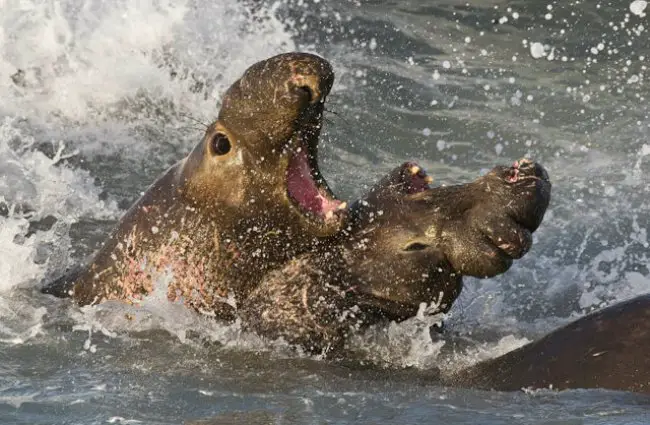
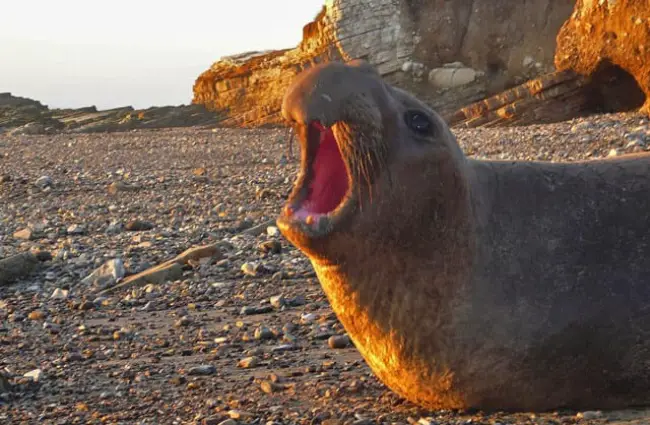








![Red Angus Closeup of a beautiful Red Angus cowPhoto by: U.S. Department of Agriculture [pubic domain]https://creativecommons.org/licenses/by/2.0/](https://animals.net/wp-content/uploads/2020/03/Red-Angus-4-238x178.jpg)
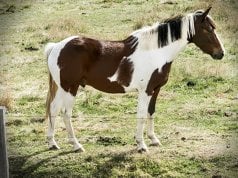




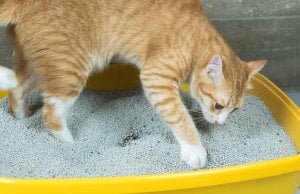






![Red Angus Closeup of a beautiful Red Angus cowPhoto by: U.S. Department of Agriculture [pubic domain]https://creativecommons.org/licenses/by/2.0/](https://animals.net/wp-content/uploads/2020/03/Red-Angus-4-100x75.jpg)

